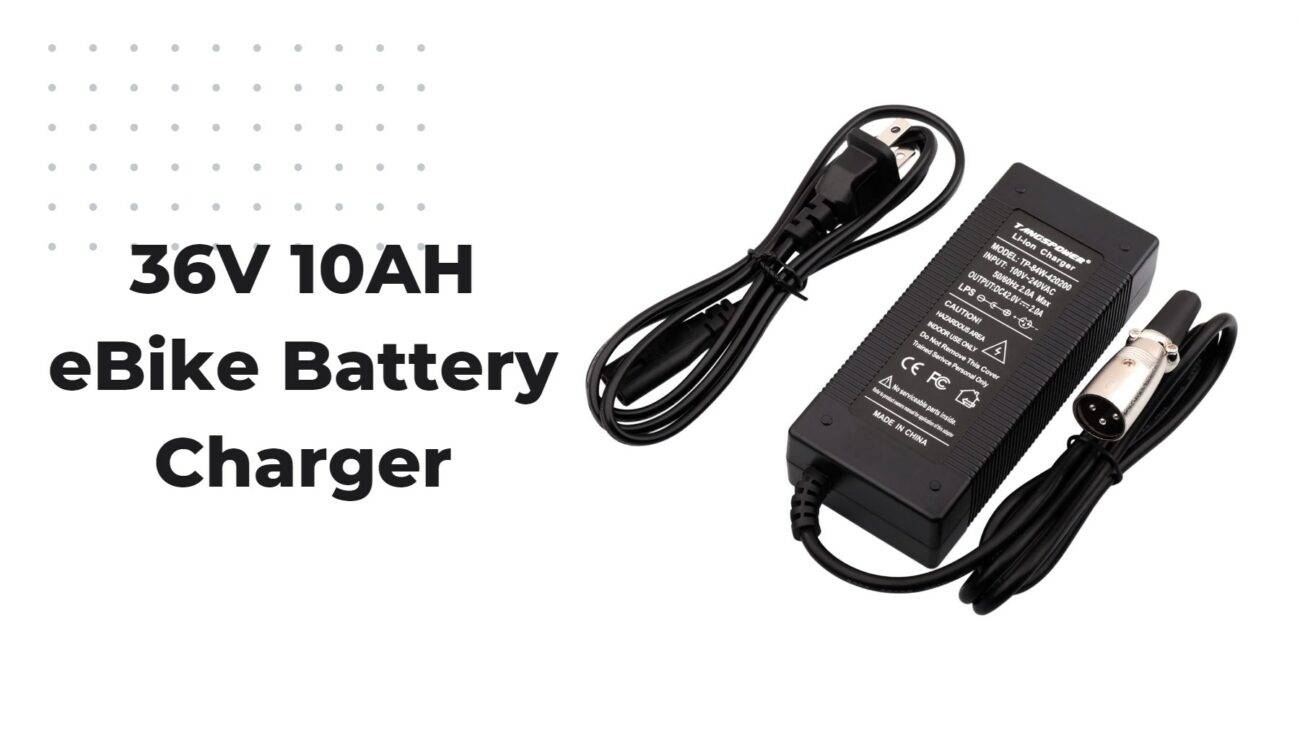- Forklift Lithium Battery
- Golf Cart Lithium Battery
- Rack-mounted Lithium Battery
51.2V 100Ah Rackmount LiFePO4 Battery
8000 times (80% DOD 0.5C)
Optional SNMP for TELECOM - Car Starter Battery
- 12V LiFePO4 Battery
12V 150Ah Lithium RV Battery
Bluetooth App | Self-heating
LiFePO4 | Group 31
UL 1642 | IEC 62619 - 24V LiFePO4 Battery
- 36V LiFePO4 Battery
- 48V LiFePO4 Battery
- 60V LiFePO4 Battery
60V 100Ah Lithium Battery (AGV, AMR, LGV)
Peak Discharge Current 400A
500 x 298 x 349 mm - 72V~96V LiFePO4 Battery
72V 100Ah Lithium Golf Cart Battery
Peak Discharge Current 315A (10S)
740 × 320 × 246 mm - Wall-mounted Lithium Battery
51.2V 100Ah 5kWh
Wall-mounted Battery532 x 425 x 170 mm / LiFePO4
>8000 Cycles (80% DOD 0.5C)
RS485 / CAN-bus
for Solar Home ESS - Home-ESS All-in-One
51.2V 32kWh
All-in-On HESS SystemPowerAll
51.2V / LiFePO4
>8000 Cycles (80% DOD 0.5C)
RS485 / CAN-bus / WiFi
All-in-One for Home ESS
What You Need to Know About the 48V 20Ah Lithium Ion Battery

The 48V 20Ah lithium ion battery is an essential power source for electric bikes and other high-demand applications, known for its high energy density, fast charging capabilities, and long lifespan. Understanding its features and benefits can help users make informed decisions about their energy needs.
What is a 48V 20Ah Lithium Ion Battery?
A 48V 20Ah lithium ion battery consists of multiple lithium-ion cells arranged to deliver a nominal voltage of 48 volts and a capacity of 20 amp-hours. This configuration allows it to provide significant power output while remaining compact and lightweight, making it ideal for applications such as e-bikes.Chart Title: Specifications of a Typical 48V 20Ah Lithium Ion Battery
| Specification | Value |
|---|---|
| Nominal Voltage | 48 Volts |
| Capacity | 20 Amp-Hours |
| Chemistry | Lithium-Ion (often LiFePO4) |
| Weight | Varies (typically around 5–7 kg) |
How Does a 48V 20Ah Lithium Ion Battery Work?
The operation involves electrochemical reactions within the battery cells, where lithium ions move between the anode and cathode during charging and discharging cycles. This process generates electricity efficiently, allowing these batteries to power various devices effectively.Chart Title: Operation Cycle of a Lithium-Ion Battery
| Cycle Stage | Description |
|---|---|
| Charging | Ions move from cathode to anode |
| Discharging | Ions move from anode back to cathode |
What Are the Advantages of Using a 48V 20Ah Lithium Ion Battery?
The advantages include:
- High Energy Density: Provides more power in less space compared to traditional batteries.
- Fast Charging: Can recharge quickly, minimizing downtime.
- Long Lifespan: Typically lasts longer than lead-acid batteries, reducing replacement frequency.
Chart Title: Key Advantages Overview
| Advantage | Description |
|---|---|
| High Energy Density | More power stored in less space |
| Fast Charging | Quicker recharge times |
| Long Lifespan | Fewer replacements needed |
What Are the Common Applications for a 48V 20Ah Lithium Ion Battery?
Common applications include:
- Electric Bikes: Powers e-bikes with efficient energy delivery.
- Scooters: Used in electric scooters for urban commuting.
- Renewable Energy Systems: Stores excess energy generated from solar panels or wind turbines.
Chart Title: Applications Overview
| Application | Description |
|---|---|
| Electric Bikes | Provides energy for propulsion |
| Scooters | Powers devices during short-distance travel |
| Renewable Energy | Acts as storage for generated power |
How Do Environmental Conditions Affect the Performance of a 48V Lithium Ion Battery?
Environmental factors such as temperature can significantly impact performance; extreme cold may reduce capacity while high temperatures can accelerate degradation. It’s essential to choose batteries rated for specific environmental conditions to ensure optimal performance.Chart Title: Temperature Impact on Performance
| Temperature Range | Effect on Performance |
|---|---|
| Below -10°C | Reduced capacity |
| Above +40°C | Increased degradation rate |
What Are the Maintenance Requirements for a 48V Lithium Ion Battery?
To ensure longevity:
- Regularly check connections and terminals for corrosion.
- Monitor charge cycles and avoid deep discharges.
- Store in a cool, dry place when not in use.
Chart Title: Maintenance Checklist
| Maintenance Task | Frequency |
|---|---|
| Inspections | Every six months |
| Cleaning Terminals | As needed |
| Monitoring Health | Continuous |
How to Properly Dispose of Lithium Ion Batteries?
Proper disposal methods include:
- Recycling Programs: Utilize local recycling facilities that accept lithium-ion batteries.
- Manufacturer Take-back Programs: Many manufacturers offer take-back programs to ensure safe disposal.
Chart Title: Disposal Options
| Disposal Method | Description |
|---|---|
| Recycling Programs | Local facilities that accept batteries |
| Manufacturer Take-back | Programs offered by manufacturers |
Expert Views
“Understanding the capabilities and benefits of the 48V lithium ion battery is essential as industries increasingly shift towards sustainable energy solutions across various sectors. Its efficiency, lightweight design, and long lifespan make it an excellent choice across numerous applications.”
FAQ Section
- What is the typical lifespan of a lithium-ion battery pack?
Most lithium-ion battery packs last between five to ten years depending on usage patterns and maintenance practices. - Can I use a lithium-ion battery pack in extreme temperatures?
While they perform well under many conditions, it’s essential to choose batteries rated for specific temperature ranges to ensure optimal performance. - How do I charge my lithium-ion battery safely?
Always use a charger designed specifically for lithium batteries and avoid overcharging by following manufacturer guidelines.

















